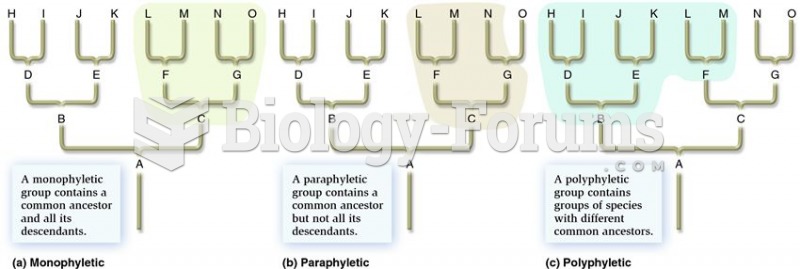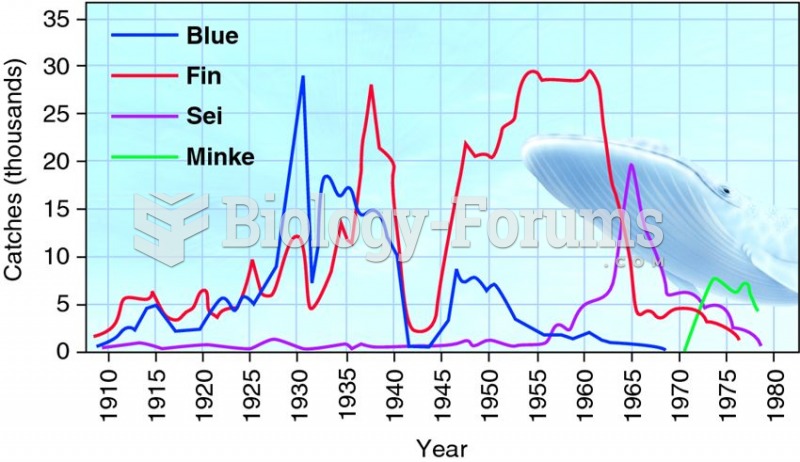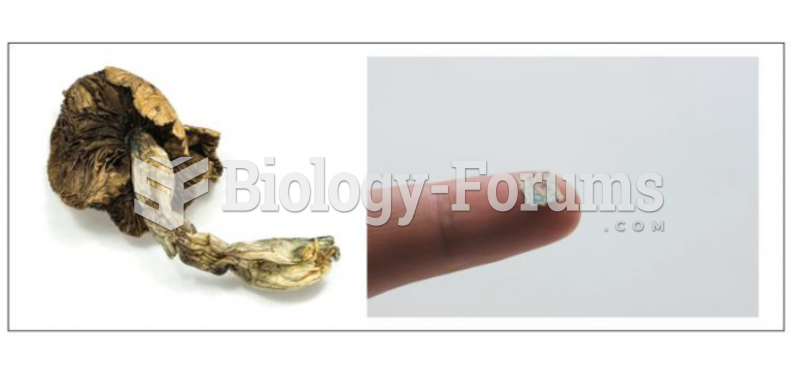|
|
|
People about to have surgery must tell their health care providers about all supplements they take.
The average office desk has 400 times more bacteria on it than a toilet.
There are more sensory neurons in the tongue than in any other part of the body.
ACTH levels are normally highest in the early morning (between 6 and 8 A.M.) and lowest in the evening (between 6 and 11 P.M.). Therefore, a doctor who suspects abnormal levels looks for low ACTH in the morning and high ACTH in the evening.
Many supplement containers do not even contain what their labels say. There are many documented reports of products containing much less, or more, that what is listed on their labels. They may also contain undisclosed prescription drugs and even contaminants.







